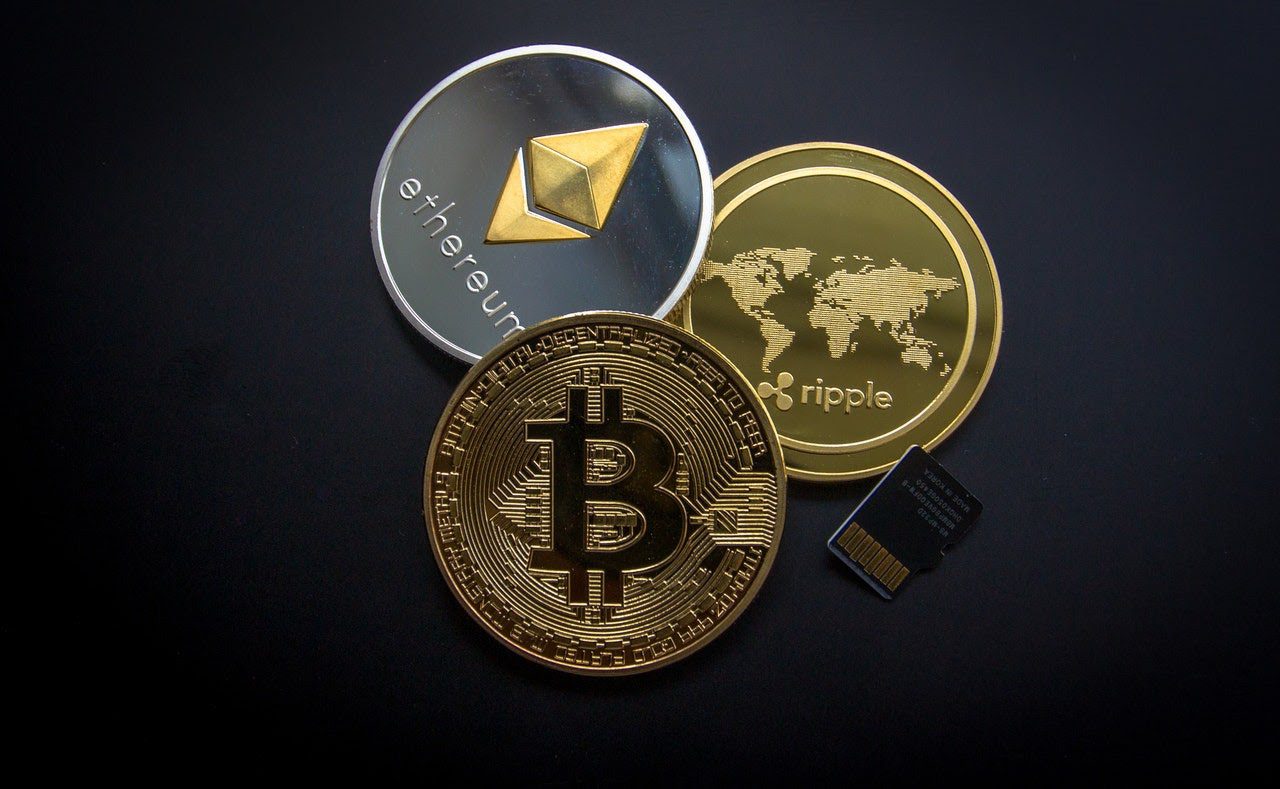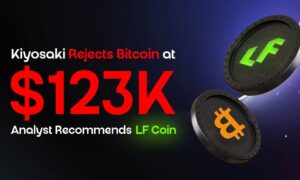As the DeFi industry continues growing at a rapid pace, RAMP DEFI has emerged as one of the most promising DeFi projects set to launch. The Singapore company is attempting to tackle one of the biggest challenges in DeFi: helping users unlock illiquid capital without losing out on the upside that staking provides.
From an investor’s perspective, staked capital can be considered illiquid capital as it is tied to staking terms determined by a project, exchange, or staking provider. This limits the ability to move capital into new opportunities, creating a series of opportunity costs that could undermine the upside that staking provides.
Even more challenging is getting this capital from non-Ethereum based assets into the Ethereum network. Currently, users would need to unstake an asset, send it to a centralized exchange, and sell the asset before the money can be deployed into the new opportunity.
RAMP’s innovative solution has found a solution to this series of problems, with the potential to help unlock the $22 billion in staked digital assets currently seen in the DeFi economy. RAMP has a vision of unlocking $1 billion and more in additional liquidity by end 2021.
They do this with a few different strategies that are built into the platform’s ecosystem:
1. Providing a Liquidity On/Off Ramp
For users with assets staked on a non-Ethereum blockchain, RAMP collateralizes these assets into a stablecoin called rUSD. For users with liquid capital on Ethereum, the collateralization will result in a stablecoin called eUSD. Both are equal in values and are named to represent the difference in Ethereum and non-Ethereum assets.
Once users are in control of these stablecoins, they can transact freely between the two using RAMP’s cross-chain liquidity bridge. For example, rUSD holders can borrow, lend, or exchange eUSD, creating a seamless liquidity on/off-ramp between assets on various blockchains. RAMP maintains a liquidity pool for both assets to ensure a proper balance is kept.
Keep in mind, the $15 billion DeFi economy is predominantly reliant and built off of the Ethereum blockchain. While other platforms are quickly gaining traction, most DeFi opportunities, such as yield farming, still require ERC20 assets to participate. RAMP will be the bridge that will connect all assets in one ecosystem.
2. Wide Range of Benefits for RAMP Users
To best explain the benefits that come with holding rUSD, simply imagine you are currently staking assets on a non-Ethereum platform and just found an opportunity in a new DeFi opportunity, which to date have mostly issued tokens in the Ethereum network. By collateralizing these assets into rUSD, you still get to receive the benefits that your staked assets provide and have just obtained new liquidity to deploy.
Your newly minted rUSD can now be used to exchange or borrow fiat-equivalent stablecoins such as USDT or USDC to be deployed into any Ethereum-based opportunity. Not only that, but users can also farm RAMP tokens in all the activities that they participate in within the RAMP ecosystem – this is another value stream that previously did not exist for users. This allows for smarter capital allocation.
3. Stake Farming To Incentivize Network Participation
RAMP DEFI incentivizes users to participate and use its cross-chain liquidity solution through “stake farming”, which means that you start farming RAMP tokens by staking your assets into RAMP’s non-custodial asset delegation smart contract.
RAMP DEFI also rewards users for their participation in various activities that develop value for the ecosystem, including liquidity provision in the decentralized trading pools and for the lending borrowing activities taking place within its network.
The farming reserves set aside for network user incentives is 45% of the total token supply, which is indicative of the importance RAMP DEFI places on community participation.



































